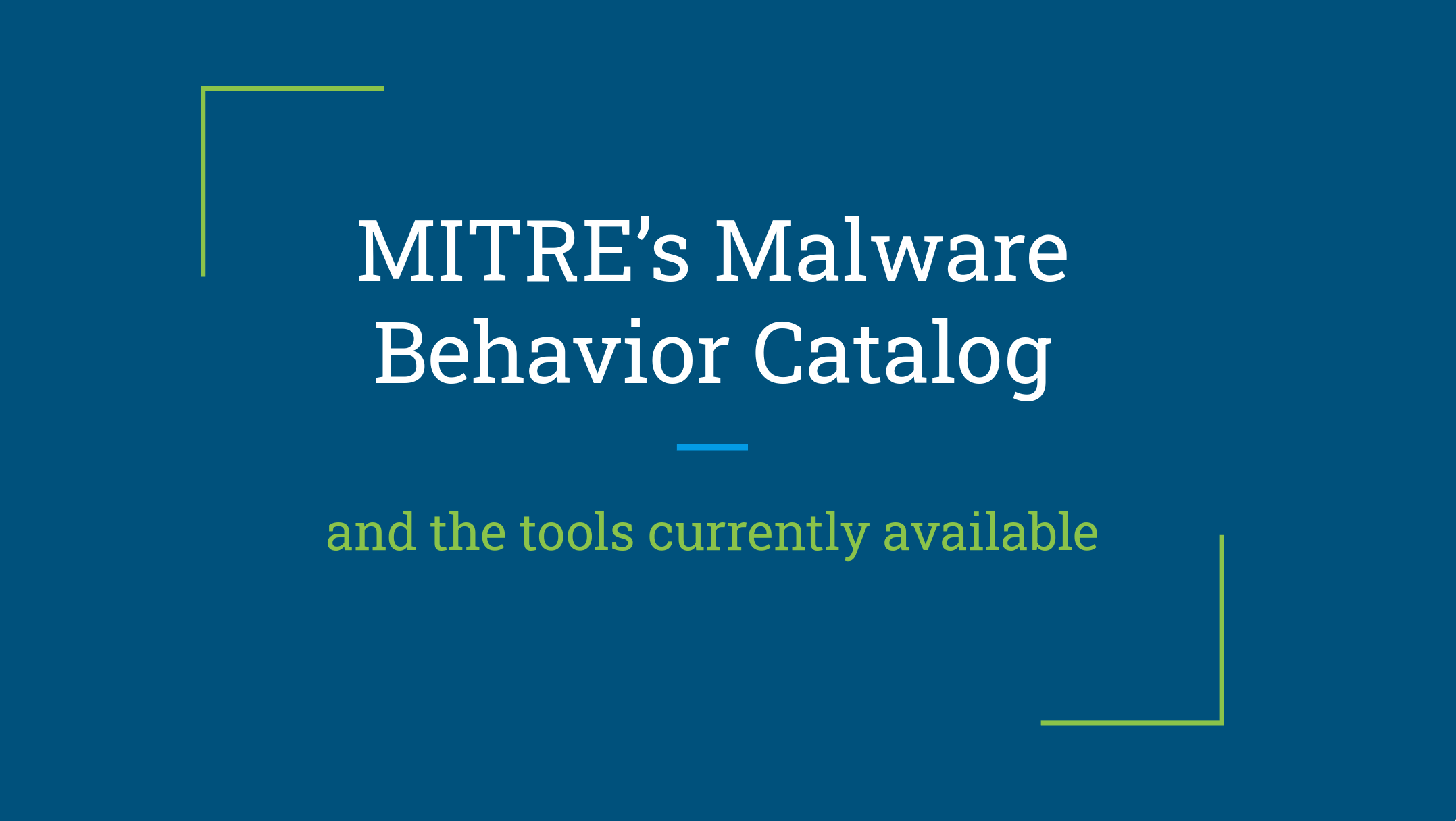Adding Automation to Blue-Jupyter Malware Notebook
I came across the Blue-Jupyter project on Github while researching Jupyter notebooks. This short demo video got me excited, so I cloned the project and added some improvements that automate many things when I am looking for malware to investigate.
What are Jupyter Notebooks?
For readers who may be unfamiliar, Jupyter Notebooks are a web-based tool that allows users to create and share documents that contain live code, equations, visualizations, and narrative text. They are a popular tool among data scientists and researchers but have also adapted for use in other fields, such as cybersecurity.
My Additions to the Blue-Jupyter
Many of the changes I've made are focused on automating the process of quickly looking for interesting new samples to investigate.
One addition to the notebook is the automated downloading of samples from Malware Bazaar. This can download a maximum of 100 samples continuously. Additional information is listed to highlight …
Talking about Mitre's Malware Behavior Catalog
I gave a 10-minute lightning talk at the recently concluded Blackhat Middle East & Africa community meetup. The topic is about Mitre's Malware Behavior Catalog (MBC) framework and the existing tools for it. My reason for selecting this topic is because I feel that more people should know about Mitre's not-so-well-known project.

A brief overview
MBC is a framework made by Mitre, similar to ATT&CK, but focuses on malware. It lists down the common objectives and behaviors commonly seen in malware. The purpose is to have standardize reporting so that everyone would use the same definitions when writing and talking about malware. This also aids with analysis and correlation with other tools.
It has it's own matrix with malware objectives as headers for columns and an entry for each behavior. Each behavior then has a list of methods that explains how that behavior is achieved, example of malware that uses …
Building my Virtual Cybersecurity Home Lab
I have recently realized that one part of cybersecurity that I am lacking basic knowledge on is networking. I honestly did not think it was important when I was starting. It was the reason why I skipped Network+ so I could take Security+ directly.
Now I know better.
Ever since my realization, I have taken steps to patch the holes in my knowledge. I've started taking courses and bought books. But one thing that has made the most impact is me building my very own "homelab".
I first came to know of the concept of homelabs from Reddit. To those unfamiliar, it is the practice of building a networked environment to gain practical knowledge in networking and IT. One way to do this is by making a virtual network.
And so, over the past month, I have been building my very own virtual homelab with a focus on integrating cybersecurity …
Making a RAT
A Remote Access Tool (RAT) is used to remotely access a computer. It has legitimate uses but it can also be used for malicious purposes. I've seen it used in malware I've analyzed and I've always been curious as to how it works.
I was following along the Handmade Hero project 1 when the topic about dynamic DLL loading came up. This is a process of dynamically loading a DLL at runtime which is useful if you want your program to check if a DLL is present in a system before loading it.
Two of the system calls that were discussed were LoadLibrary and GetProcAddress. These were familiar to me as I've seen them used on malware shellcode I analyzed in the past. I later learned that this is also used as an anti-virus evasion technique. I found this interesting.
Having learned how to do runtime DLL loading myself I …